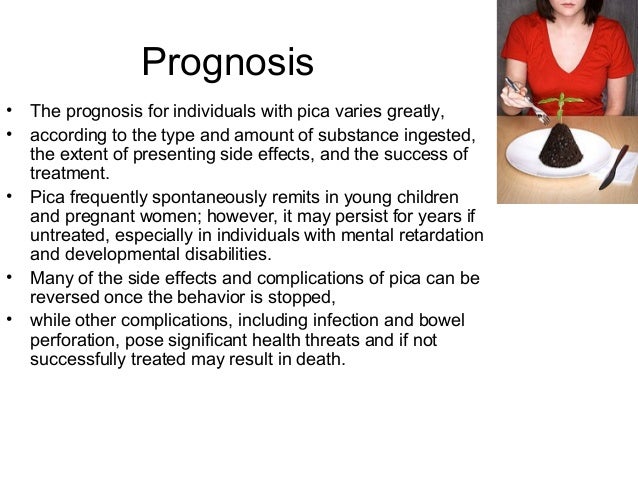

Reducing pica by teaching children to exchange inedible items for edibles.

Behavior Analysis in Practice, 1(1), 3-9. Clinical application of functional analysis methodology. Journal of Autism and Other Developmental Disorders, 39(11), 1582-1586. experimental strategies for the assessment of pica. Brief report: A comparison of indirect vs. Education and Training in Developmental Disabilities, 44(1), 143-147. Treatment of pica using a pica exchange procedure with increasing response effort. Baltimore, MD: Brookes Publishing.Ĭarter SL. Luiselli (Ed.), The handbook of high-risk challenging behaviors in people with intellectual and developmental disabilities (pp. Behavioral assessment and treatment of pica. Journal of Applied Behavior Analysis, 46(1), 1-21. Thirty years of research on the functional analysis of problem behavior. References for Further Reading:īeavers GA, Iwata BA, Lerman DC. Behavioral interventions have been shown to be effective at reducing pica by individuals with intellectual disabilities. However, even in these cases, once the mineral problem is fixed, pica often continues and requires additional treatment. In rare cases, people who engage in pica may not be getting enough of certain minerals in their diet, such as iron. Paint chips and dirt can contain lead, so eating these items can result in lead poisoning. Depending on what the individual eats, pica can be quite dangerous and lead to infection, blockage, breaks or holes in the stomach or intestine, and choking. Individuals with ID have been reported to engage in pica with many different types of items including cigarette butts, paper, paint chips, rocks, sticks, and dirt, just to name a few. Anywhere from 6 to 26% of individuals with intellectual disabilities (ID) may engage in pica, and the behavior is more likely if the individual is diagnosed with autism or has more significant intellectual disabilities. In other words, pica involves eating items that are not food for at least one month, and the individual must be “too old” to be putting things into their mouth (i.e., individuals over the age of 2 years). Pica is generally defined as the consumption of nonnutritive items, which is inappropriate for developmental age, continues for more than a month, and is not part of a culturally sanctioned practice.


 0 kommentar(er)
0 kommentar(er)
